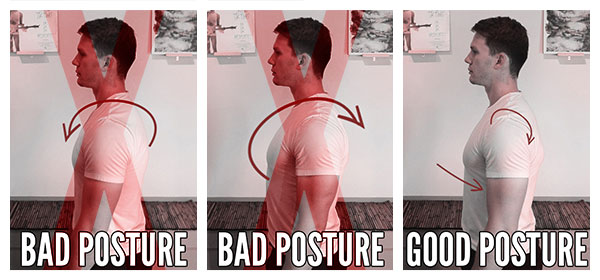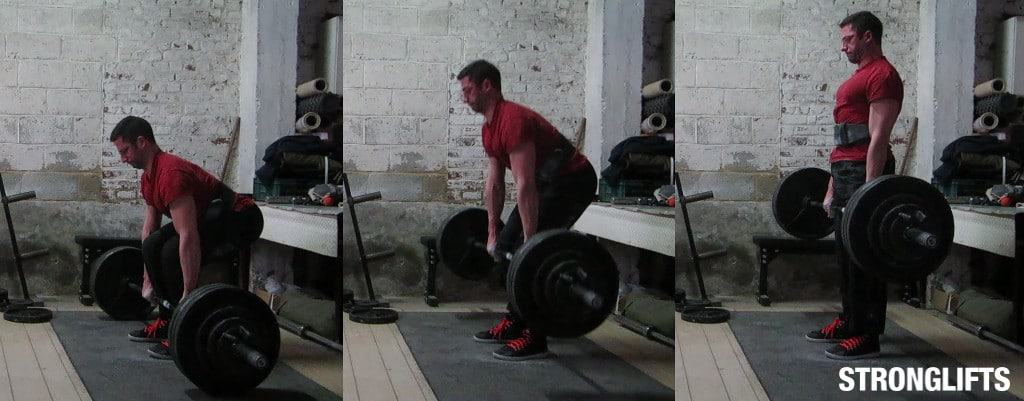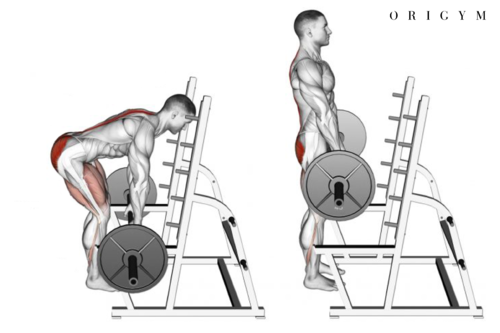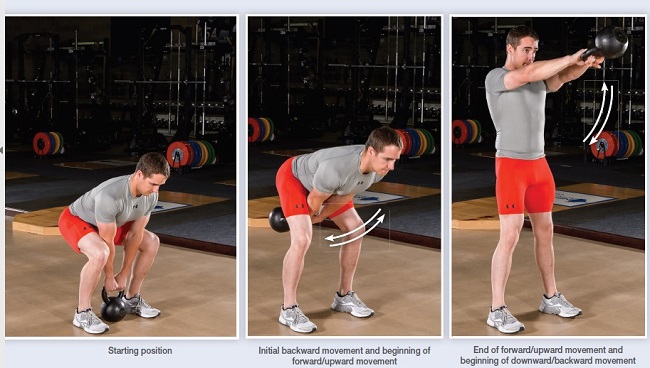Lifting And Moving Patients
Published (updated: ).
Many students who come to a georgiaemsacademy EMT-0 program have never had to pick anything up in their entire lives. Georgiaemsacademy cadre spend much time working with students with the interest of developing good lifting technique and the ability to operate an ambulance stretcher. A big part of an EMS crew members job is to lift and move patients. The only piece of equipment on an ambulance used more than a stretcher is the steering wheel.
Shoulders Back, Chest Out
Good lifting mechanics starts with keeping the back straight. Another, less obvious body mechanic is abduct the shoulders closer to the spine. By abducting ones’ shoulders, the chest immediately protrudes from the spine and the back becomes straight. The muscles of the back tense up to provide a protective corset around the spinal column and internal organs.
An iron grip on the stretcher or whatever is being lifted will also protect from injury. By grasping the object with the intent of crushing it, the other muscles nearby will be recruited. Left long enough, all the muscles in the arm, shoulder, and chest will tense up as well. Muscles that are contracted around intact bones will prevent injury. When lifting, always avoid twisting motions. Twisting and lifting are a dangerous combination. Think about the lift before it attempted.
Keeping the feet at least a shoulders width apart will prevent the lifter from losing balance. All lifts should be completed from the heels. Lifting from toes often results in knee injuries.
No lift will be accomplished with only one rescuer; it is imperative that effective communication be established which will result in a synergistic lift.

A power grip is a grip formed with the fingers and the palm of the hand in order to move or manipulate objects. This type of grip is used for grasping handles and holding smaller products such as mobile phones and remote controls.
Power grips are high force and low precision movements because they use the bulk of the hand for force generation rather than the strength of individual fingers. The resulting actions lead to large arm movements for lifting and picking up larger and heavier objects. Everyday activities such as lifting a mug, a blender or a juice carton require power grips.
Know Your Limitations
First and foremost, the rescuers performing the lift are in charge of figuring out the best way to lift. If there isn’t enough room to safely lift the patient, then room should be made or the patient possibly dragged to an area with more room. Poor lifting choices often result in injury.
There are two main styles of lift. A power lift and a squat lift. The difference between the two boil down to the angle at the bend of the knees. A power lift maintains the bent knee angle at greater than 90 degrees. A squat lift is where the bend of the knees are less than 90 degrees of bend angle.

The medical industrial complex has generously provided EMS with a bounty of lightweight and durable equipment. The life of a piece of equipment in an ambulance is a transient one. Always being pulled out of it’s cubbyhole or shelf for the occasional use then cleaned and replaced to it’s domicile.
Most of the equipment is easily moved by one person. Nevertheless, rescuers should never hesitate to get help in the event they need help moving equipment. The stretcher should go in with ambulance crew. Since the stretcher is coming anyway, why not use it to move the equipment to the patient (EMS personnel should be able to guess what equipment they will need by how the call was dispatched).
Many injuries occur not because of the amount of weight, but because the object was simply on the floor. EMS personnel spend a lot of time on the ground and should be able to get up and down with little or no effort. When reaching down to pick something off the floor, the best way to minimize risk of injury is to squat or sit into floor and pelvic thrust your way back to a standing position.




